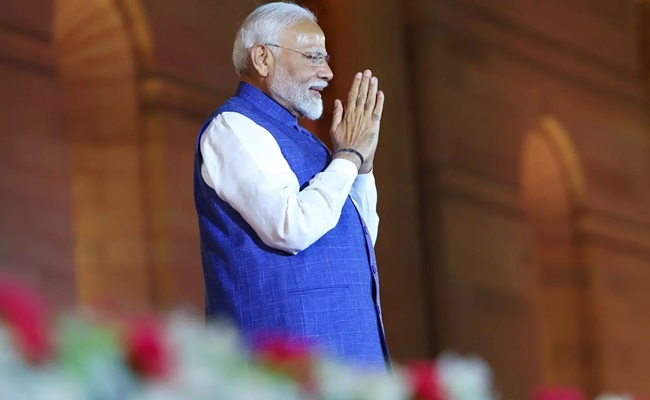
Narendra Modi has been sworn in as the Prime Minister of India for a third term, making history after the first Prime Minister of India, Jawaharlal Nehru. This is being called the Modi 3.0 version of government.
However, looking at the chemistry and ecosystem of the present coalition government, as the BJP did not secure the absolute majority of 272+ seats like in Modi 1.0 and 2.0, this 3.0 version of Modi's rule will not be the same as before.
The first two terms of Modi were marked by strong governance and zero corruption allegations.
But with the present coalition, which many citizens informally refer to as a 'Kichdi Government,' it is difficult to keep corruption under absolute control.
Narendra Modi's image has been that of a corruption-free leader, which now poses a challenge for him to maintain, considering the members of the NDA from other parties who hold significant influence in the government.
Modi has achieved a lot and stood out as a formidable leader in India by developing the country to the next level, placing it as a strong economic power and strengthening banks with a digital ecosystem.
Now, Modi has several plans regarding Azad Kashmir, making India the third strongest economy, addressing the issues of Mathura, and more.
While carrying out impressive development activities and maintaining a corruption-free governance image, Modi has to achieve the above, and it remains to be seen how far he can succeed in this 'kichdi' scenario.













